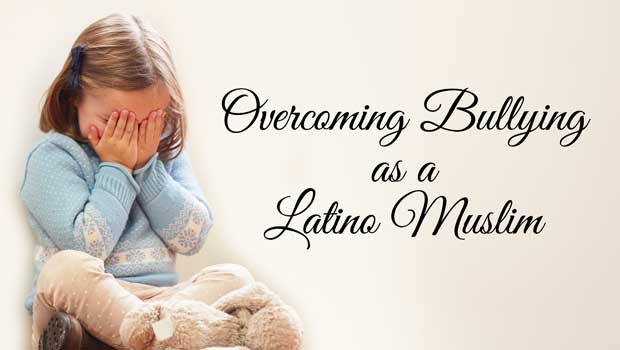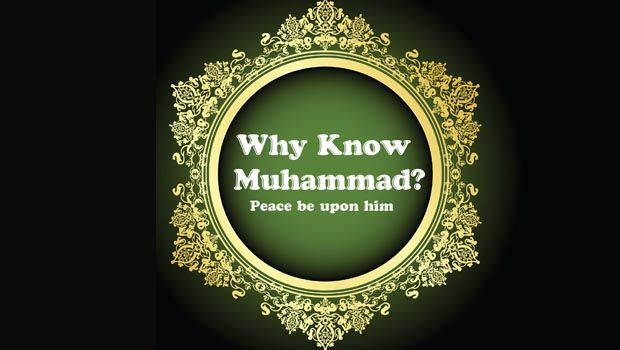As early as 1758, some variation of a brass bugle was used by military commanders in England, and later in the United States, to clearly communicate commands on the battlefield. The bugle’s distinct-sounding cry could be heard far above the noise and confusion of combat. That, of course, was prior to the advent of aerial bombings, thunderous-sounding ground weapon blasts, and megaton field explosions. Soldiers understood the bugle’s non-verbal communications initiated by their field leaders to retreat or advance, fire or stop firing. Like military commanders on the battlefield, politicians often utilize a form of political messaging that uniquely communicates with their supporters while potentially not generating significant attention or opposition— this is dog-whistle politicking. During former president Richard Nixon’s successful 1968 presidential campaign, Lee Atwater, a Republican party strategist at the time, was credited with devising Nixon’s “Southern strategy” of playing dog-whistle politics by appealing to Southern voters with coded language that encouraged and inflamed anti-Black attitudes and perspectives. Nixon appealed to Southern racist voters not by referring to Blacks using racial epithets, but by using coded expressions such as “prone to crime” or “threats to the Southern way of life.”
Refusing to Condemn: ‘Good People on Both Sides’
At an August 2017 Unite the Right rally in Charlottesville, Virginia, White supremacists, neo-Nazis, Klansmen, and militias marched through the streets carrying burning tiki torches and confederate and Nazi flags while shouting racist and anti-Semitic slogans. One counter protestor was killed, and 19 others were injured after being rammed by a vehicle driven by one of the Unite the Right rally participants. President Trump refused to condemn the White supremacists and neo-Nazis for their hate-filled words and violent actions even after being pressured to do so by numerous journalists, elected officials, and political commentators. Trump’s response was to shockingly declare that there were “good people on both sides” at the Charlottesville rally.
Since his election in 2016, Trump has failed to distance himself from the racist rhetoric of some elected officials or to condemn the intimidation tactics and even physical attacks against Blacks, Hispanics, and non-European immigrants by law enforcement officers and White supremacists. Additionally, this president often uses false and incendiary statements to mischaracterize the efforts of opposition politicians, critics of his social policies, and peaceful protestors. Classifying his detractors as far-left extremists, socialists, or members of antifa is commonplace for Trump. Antifa is a contraction of the word anti-fascist. It is a loose association of individuals who share in some opposition tactics against fascism, not a structured organization with an official membership and designated leaders.
An Enduring Legacy of Hate
For all of Trump’s bluster and daily dissemination of misinformation, his symbiotic relationship with gun toting organized militia and other White supremacist groups may be one of his most enduring legacies and a continuing threat to the national security of the United States long after he leaves office. In the first presidential debate of the 2020 campaign, debate moderator Chris Wallace repeatedly asked Trump if he was “willing to denounce White supremacist and militia groups.” The pointed question seemed relevant considering his past refusal to condemn the recent violent actions of such groups and individuals in Kenosha, Wisconsin and across the country that have threatened domestic security across the nation and contributed to a culture of violence. Demonstrations in Kenosha protested the shooting by a White police officer of 29-year-old African-America Jacob Blake. He was shot seven times in the back while his horrified children sat in the rear seat of his car. During the protests, two protestors were shot and killed, and a third person seriously injured, by a 17-year-old, self-professed gun-loving, uber supporter of Blue Lives Matter. Kyle Rittenhouse was driven to the protest from his home in Antioch, Illinois by his mother. After arriving on the scene, Kyle walked pass Kenosha police officers, without being stopped, carrying a loaded AK-47 assault rifle, the weapon used in his murderous assault.
Trump asked debate moderator Chris Wallace to identify a specific group for him to denounce. Presidential candidate Joe Biden interjected with the specific name, “Proud Boys,” one of many militia, White supremacist, and anti-Muslim groups, like Boogaloo, that have emerged on the national scene since the ascendancy of Trump to the White House. His response to the Proud Boys prompt was, “Stand back and stand by.” After months of refusing to denounce racially-motivated hate crimes by White supremacist and militia groups, the President’s debate rejoinder appears to be a dog-whistle call for those groups to lay low for the time being, but to stay ready to be called into action by the President. Only Donald Trump knows the intent of these comments. What is known, though, is that Trump is the only U.S. president in the 20th and 21st centuries who has overtly, and with reckless calculation, incited armed White supremacist groups and antigovernment militias. These groups are perceived by millions of Americans as likely to rise up in violent protest if Trump loses the election. The political history of the United States is replete with contentious presidential campaigns, but never has a sitting commander in chief, before Trump, openly cast doubt about cooperating in a peaceful transfer of power if the American people vote him out of office.
Number of Militia Groups Skyrockets
Racial terrorism has unfortunately enveloped American history since the founding of the republic 244 years ago. Notorious White supremacist domestic terrorist organizations like the Ku Klux Klan, founded in 1865 in Polanski, Tennessee, were the forerunners for acts of organized terror against Blacks, Jews, and until several decades ago, Catholics. According to the Counter Extremism Project’s report on White supremacy, there are currently 199 known White supremacist groups in the country today. While the modern-day militia movement does not necessarily express itself in racist language, the election of the first Black president in 2008, not coincidentally, saw the number of militia groups in the country skyrocket 813 percent, from 149 to 1,360 by 2012, according to the Southern Poverty Law Center. While their stated reason to exist may not be White supremacy, their beliefs and actions have become more closely aligned with White nationalist extremists. Militia groups in the U.S. share a near-obsession about the right to own weapons, increasingly high-powered guns with no discernible civilian use. Protection against federal encroachment over the rights of States and individuals is also exceedingly high on their agenda. The nation’s militia groups are typically anti-immigration and self-avowed protectors of America’s southern borders with Mexico.
President Donald Trump’s open flirtation with militia groups and White supremacists for his own perceived political gain is a disastrous occurrence that will militate against the unity of the American people for years to come. A plot by at least six members of a Michigan militia group to kidnap and possibly murder Michigan governor Gretchen Whitmer was recently foiled by the FBI. According to an FBI spokesman, the men were discussing murdering “tyrants.” Governor Whitmer became a target for this group after she implemented strict social distancing and other measures in response to the coronavirus pandemic. Virginia Governor Ralph Northern was also a potential target for kidnapping by a militia group because of lockdown measures that he implemented for his state. The militia group objected to the lockdown’s harmful effect on businesses. Both Democratic governors were verbally attacked by Trump for their positions. These militia groups have been emboldened by the endorsement of their positions by Trump. The consequences of this alliance will likely negatively reverberate across this land long after Trump is out of office.
Malcolm X: ‘America Needs to Understand Islam’
According to Islamic guidelines, we should define the success and prosperity of a nation by its moral might, not its military might; and by the well-being of all its citizens, not the privilege and wealth of a few. Most of all, we would define our exceptionalism as that of faithful and dedicated pursuit of justice in our own nation and around the world. And through submission to the guidelines for society established by Allah (SWT) in the Qur’an and the Sunnah, established tradition, of Prophet Muhammad ibn Abdullah (peace be upon him), we might narrow the political divisions and heal the racial wounds.
In the words of Malcolm X, America’s illustrious martyr, “America needs to understand Islam, because this is the one religion that erases from its society the race problem. Throughout my travels in the Muslim world, I have met, talked to, and even eaten with people who in America would have been considered white — but the white attitude was removed from their minds by the religion of Islam. I have never before seen sincere and true brotherhood practiced by all colors together, irrespective of their color… I could see from this, that perhaps if white Americans could accept the Oneness of God, then perhaps, too, they could accept in reality the Oneness of Man — and cease to measure, and hinder, and harm others in terms of their ‘differences’ in color.”






